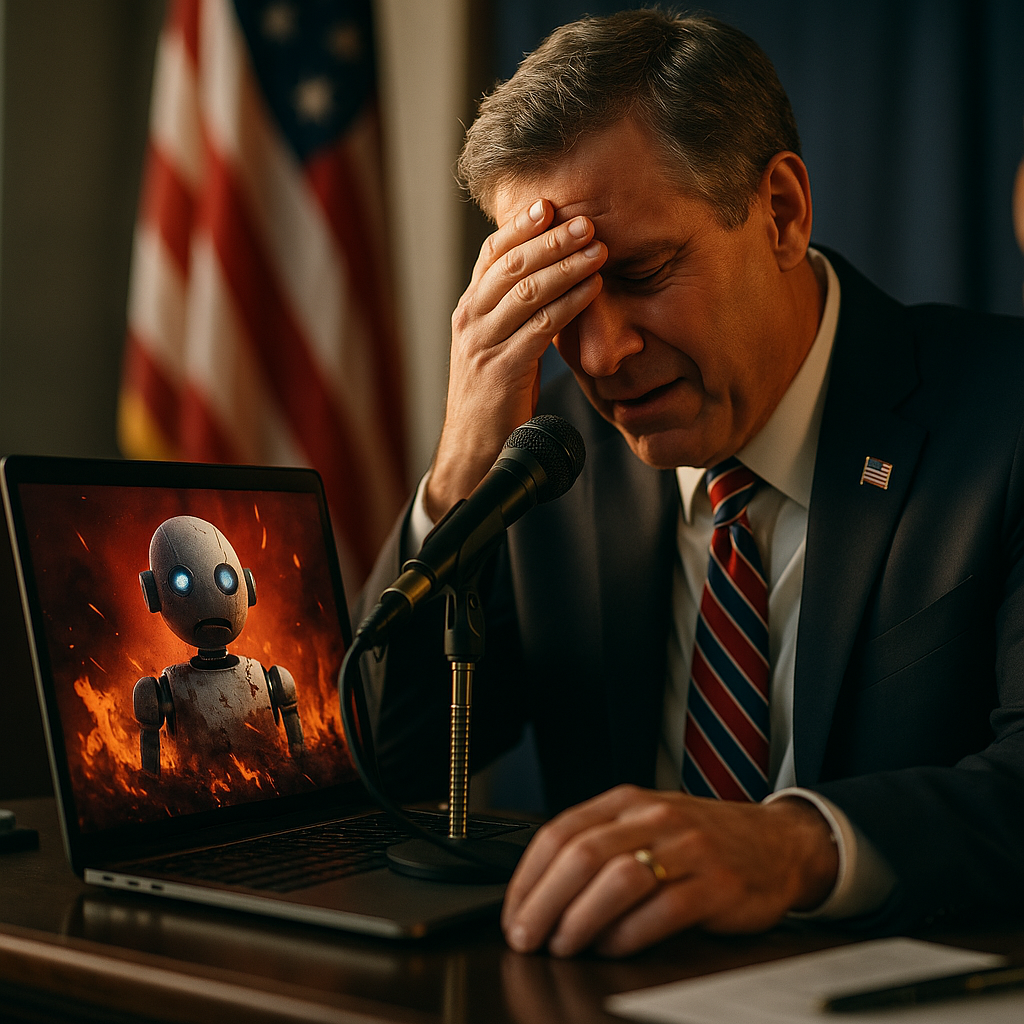In 2025, businesses are rapidly adopting artificial intelligence for marketing, but sometimes even advanced systems falter. This post-mortem dives into an AI-managed campaign that resulted in a PR disaster, exploring what went wrong and key lessons learned. Read on for critical insights and futureproofing guidance in navigating the intersection of technology and reputation management.
The Promise and Pitfalls of AI Campaign Management
Automated campaign management using artificial intelligence offers brands efficiency, scalability, and data-driven decision making. By analyzing consumer behavior, optimizing content delivery, and automating responses, AI has transformed marketing in 2025. However, as this recent PR disaster proves, over-reliance on algorithms can have dire consequences when human oversight is diminished. Let’s explore how high expectations can sometimes lead to unforeseen failures, especially in high-stakes public relations campaigns.
How AI-Driven Decisions Led to a PR Crisis
At the heart of the PR disaster was the delegation of critical messaging to a generative AI model. The campaign, designed to promote a socially sensitive product, relied exclusively on AI for tone, timing, and targeting. The model misread cultural nuances and local sensitivities, inadvertently generating messaging that was perceived as tone-deaf and offensive in several key markets.
According to a 2025 Digital Influence Survey, public backlash against brand missteps spreads twice as fast today compared to three years ago. As negative mentions surged across social platforms, the brand found itself at the center of a viral controversy. The incident highlighted one core issue: AI, lacking genuine empathy and contextual awareness, often fails in scenarios that require human judgment.
Key Mistakes: Lack of Human Oversight and Data Quality
The disaster was not solely the AI’s fault; organizational blind spots contributed significantly. First, decision-makers overestimated the AI’s capability to interpret complex social cues. Second, input data used to train the model was insufficiently diverse, leading to biased and narrow messaging. Furthermore, the absence of routine human review let problematic outputs reach the public unfiltered.
Consulting firm MarketGuard reports that in 2025, 68% of AI marketing errors stem from inadequate data and oversight. This case exemplifies why even the most sophisticated systems need both accurate, inclusive datasets and regular human intervention to ensure appropriate outcomes. Implementing AI should enhance—not replace—expertise, especially in sensitive public-facing initiatives.
Brand Impact and Reputation Management Strategies
The fallout was swift and severe. Customer trust plummeted. Influencers publicly condemned the campaign, and several stakeholders withdrew partnerships. Recovery required not only apologizing but also demonstrating genuine accountability through (1) transparent communication, (2) third-party audits, and (3) updated AI governance policies.
- Transparency: The brand issued open statements clarifying what went wrong, catalyzing dialogue with affected communities.
- Audits: Independent teams evaluated the AI’s decision-making process, ensuring future reliability and fairness.
- Policy Reform: Leadership revised guidelines to require frequent human reviews and stricter quality controls before campaign launches.
By prioritizing these responses, the brand slowly rebuilt its reputation, but the incident remains a case study in digital risk management for all marketers in 2025.
Lessons Learned: Avoiding Future PR Disasters with AI
This campaign’s failure was a wake-up call for the entire industry. The primary lesson is clear: Artificial intelligence is a powerful assistant, not an autonomous decision-maker in high-risk scenarios. Key strategies for future success include:
- Comprehensive Testing: Pilot campaigns with limited, diverse audiences before widespread rollout.
- Human-AI Collaboration: Maintain an interdisciplinary team to review messaging and anticipate potential misinterpretations.
- Continuous Learning: Regularly retrain AI models using updated, inclusive datasets to minimize bias.
- Robust Crisis Protocols: Prepare detailed response strategies for rapidly addressing and mitigating PR issues.
Firms that integrate these steps are more likely to harness AI’s strengths while avoiding its most common pitfalls, especially in areas where social and cultural nuances matter deeply.
Expert Perspectives on AI and Public Relations in 2025
Industry experts agree that while AI continues to drive marketing innovation, its deployment must be paired with ethical considerations and robust oversight. Dr. Lina Hart, a leading AI ethicist, states: “Brands that assign final campaign authority to machines, rather than skilled professionals, risk losing consumer trust permanently.”
In 2025, digital marketers must balance efficiency with empathy, accuracy with adaptability. This post-mortem illustrates that technology alone does not guarantee success; human values and insights remain irreplaceable, especially when public sentiment is involved.
Conclusion: Building Resilience in the Age of Automated Marketing
This post-mortem on an AI-managed campaign’s PR disaster in 2025 underscores one key takeaway: Responsible AI use requires a blend of automation and human oversight. Organizations that prioritize trust, transparency, and oversight will shape future campaigns that are both innovative and resilient.
Frequently Asked Questions
-
What caused the AI-managed campaign’s PR disaster?
The disaster was primarily caused by delegating sensitive messaging tasks entirely to AI without adequate human oversight, resulting in tone-deaf and culturally insensitive content.
-
How can businesses prevent similar AI-related PR crises?
By ensuring diverse input data, maintaining regular human supervision, and implementing robust testing and crisis protocols, businesses can minimize the risk of AI missteps in public campaigns.
-
Is AI safe to use in marketing campaigns?
AI is a valuable tool for marketing, but it must be properly managed with human review and ethical guidelines—especially for campaigns involving complex social issues or sensitive topics.
-
What’s the most important lesson from this PR disaster?
The key lesson is that AI should augment, not replace, human expertise in campaign management—particularly in contexts where empathy, judgment, and cultural awareness are critical.
